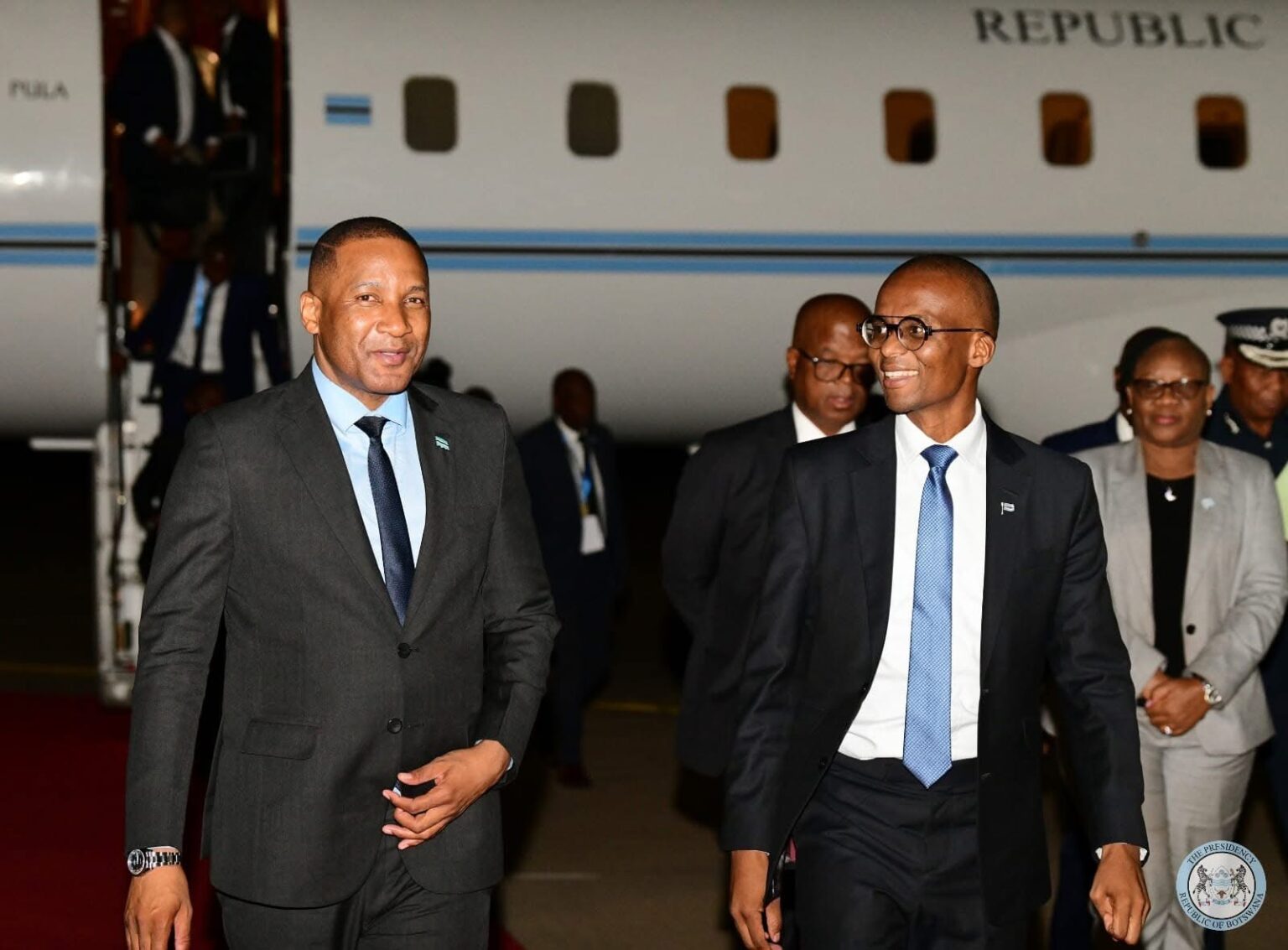In a strategic move aimed at bolstering economic growth and strengthening trade relations, the Botswana government has announced significant revisions to its Pula exchange rate policy. The adjustments, which reflect the nation’s evolving economic priorities, are expected to enhance competitiveness, stimulate trade, and maintain price stability in a volatile global market.
Key Changes in the Exchange Rate Policy
1. Increased Rand Share in Currency Basket
The South African Rand’s weighting in Botswana’s currency basket has been raised to 50%. This change underscores the importance of South Africa as Botswana’s largest trading partner, accounting for a significant share of imports and exports. By aligning the Pula more closely with the Rand, the government aims to minimize exchange rate volatility, facilitating smoother trade transactions and promoting regional economic integration.
2. Annual Exchange Rate Adjustment Maintained at 1.5%
The government has retained the annual exchange rate adjustment of 1.5%. This policy ensures that the Pula remains competitive while safeguarding against inflationary pressures. By striking a balance between competitiveness and price stability, the adjustment supports both export-driven growth and consumer purchasing power.
3. Widened Trading Margins for Banks
To foster a more dynamic foreign exchange market, the trading margin for banks has been widened from ±0.125% to ±0.5%. This broader margin allows banks greater flexibility in currency trading, encouraging higher liquidity and participation in the forex market. A more active trading environment is expected to attract foreign investment and enhance Botswana’s position as a financial hub in the region.
Economic Implications
These policy changes are designed to strengthen Botswana’s economic resilience in the face of global uncertainties. By increasing the Rand’s share in the currency basket, the government is capitalizing on its close trade ties with South Africa, a strategy likely to reduce transaction costs and boost trade volumes.
Moreover, the retention of the annual 1.5% exchange rate adjustment reflects a commitment to stable economic management, ensuring that Botswana remains an attractive destination for investment. Meanwhile, the widened trading margins empower financial institutions to play a more active role in currency markets, potentially increasing forex revenue and improving the country’s overall financial ecosystem.
Conclusion
The revamped Pula exchange rate policy represents a forward-looking approach to economic management. By strengthening trade relations with South Africa, maintaining price stability, and fostering an active forex market, Botswana is poised to achieve sustainable growth. These reforms underscore the government’s commitment to aligning monetary policies with the nation’s long-term economic objectives, paving the way for a more competitive and prosperous future.






